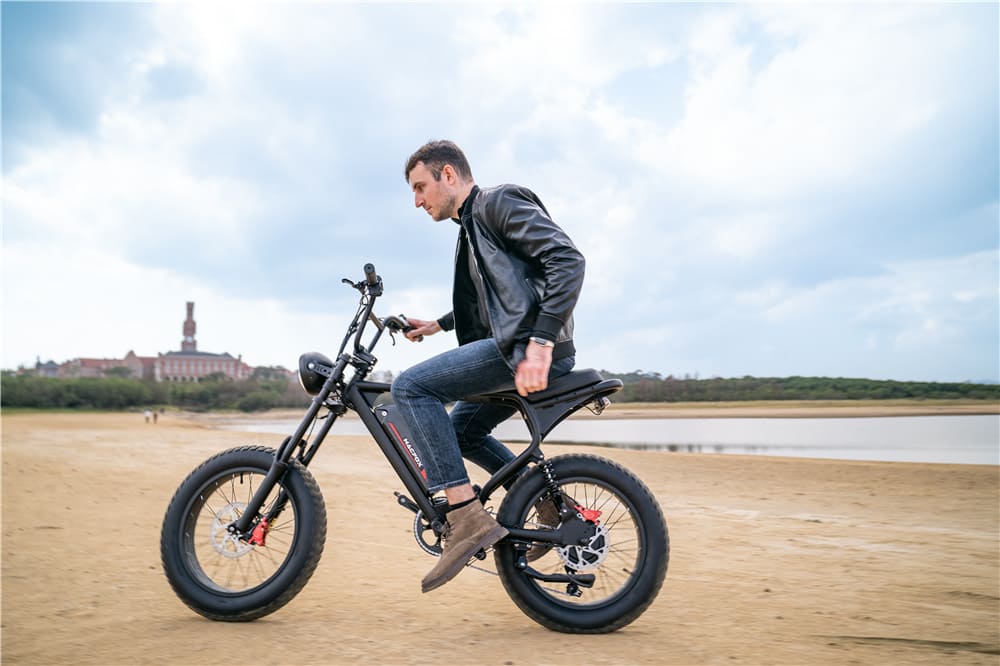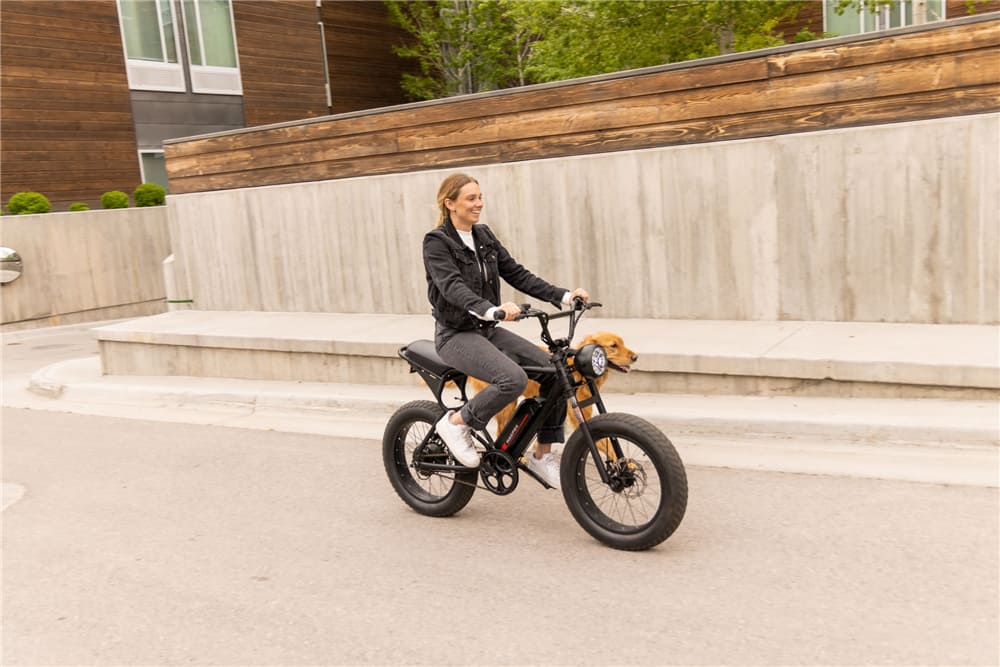Electric bicycles, or e-bikes as they are commonly called, have become a phenomenon in modern transportation. They offer an unparalleled combination of traditional bicycles with the added benefit of motor-assisted propulsion. This unique blend makes it an increasingly popular choice among commuters, tourists, and casual riders. However, this surge in popularity has also led to a complex set of legal considerations. This comprehensive guide is designed to demystify the rules, regulations, and legal requirements for riding a Macfox ebike in Hawaii, providing residents and visitors with absolute clarity.
Contents []
- 1.Understanding the Different Types of Electric Bicycles and Their Legal Classifications
- 1.1 Class 1: Pedal-Assisted Bicycles
- 1.2 Class 2: Throttle-Assisted Bicycles
- 1.3 Class 3: Speed Pedelecs
- 2.The Ins and Outs of Registration and Licensing in Hawaii
- 3.The Importance of Helmets and Safety Gear
- 4.Navigating Where to Ride Electric Bicycles in Hawaii
- 4.1 On Roads and Highways
- 4.2 On Bike Paths and Trails
- 4.3 Local Regulations and Land Management
- 5.Why Insurance and Liability Coverage Matter
- 6.Consequences of Non-Compliance with Hawaiian E-Bike Laws
- 7.Conclusion
- 8.FAQs
- 9.We recommend for you
Understanding the Different Types of Electric Bicycles and Their Legal Classifications
In the state of Hawaii, electric bicycles are divided into various classifications based on their motor capabilities and maximum assisted speeds. It's crucial for riders to understand these classifications to ensure they are in full compliance with Hawaiian laws.

Class 1: Pedal-Assisted Bicycles
Class 1 e-bikes require the rider to pedal for the motor to engage. The motor assistance stops once the bicycle reaches a speed of 20 mph. These are the most commonly used e-bikes for commuting and general-purpose riding.
Class 2: Throttle-Assisted Bicycles
Class 2 e-bikes come equipped with a throttle that allows the bike to be propelled without the need for pedaling. However, similar to Class 1, the motor assistance ceases once the bike hits a speed of 20 mph. These bikes are often used for leisurely rides and short commutes.
Class 3: Speed Pedelecs
Class 3 e-bikes, also known as speed pedelecs, offer pedal assistance up to a higher speed limit of 28 mph. These bikes are generally not permitted on most bike paths in Hawaii and are more suited for experienced riders.
The Ins and Outs of Registration and Licensing in Hawaii
One of the most critical rules in Hawaii regarding electric bicycles is the mandatory requirement for registration. All electric bicycles must be registered at the local city hall, and a one-time fee of $30 is charged for this service. The registration is only open to individuals who are 18 years or older. However, those who are 15 years or older are allowed to operate an electric bicycle that is registered to a member of their household.
The Importance of Helmets and Safety Gear
In Hawaii, the use of helmets is not just a safety recommendation but a legal requirement for riders under the age of 16. For those above this age, although not legally mandated, wearing a helmet is strongly advised by authorities as a precautionary measure to minimize the risk of head injuries.
Related Reading: Discover Electric Bike Trails Closer Than You Think
Navigating Where to Ride Electric Bicycles in Hawaii
On Roads and Highways
Electric bicycles are permitted on roads and highways in Hawaii. They are subject to the same traffic rules as traditional bicycles. Riders are required to stay as far to the right of the road as possible and must obey all traffic signs and signals.
On Bike Paths and Trails
Electric bicycles are also allowed on designated bike paths and trails where traditional bicycles are permitted. However, it's important to note that electric mountain bikes are not allowed on natural surface trails, such as hiking paths and certain park trails.
Local Regulations and Land Management
It's always advisable to consult with local land management agencies for the most up-to-date information on where electric bicycles are permitted, especially when it comes to trails and other natural surfaces.
Why Insurance and Liability Coverage Matter
Although insurance for electric bicycles is not a legal requirement in Hawaii, it is highly recommended. Having adequate insurance coverage can protect you from financial liabilities in the event of an accident or theft.
Consequences of Non-Compliance with Hawaiian E-Bike Laws
Non-compliance with the rules and regulations governing electric bicycles in Hawaii can result in various penalties, including fines and potentially the confiscation of the e-bike. Therefore, it's imperative for riders to be well-informed and compliant with all local and state laws.

Conclusion
Being well-versed in the legal knowledge of electric bicycles in Hawaii is not just a good practice but an absolute necessity for anyone looking to explore the state on two wheels. From understanding the intricacies of registration and licensing to being aware of where you can and cannot ride, a thorough understanding of the laws will ensure that your e-biking experience in Hawaii is both enjoyable and hassle-free.
FAQs
Q1: Do electric bikes need to be registered in Hawaii?
Absolutely, registration is a mandatory requirement for all electric bicycles in Hawaii. The registration process involves a one-time fee of $30 and can be completed at the local city hall.
Q2: Can you ride an electric bike on the sidewalk in Hawaii?
No, riding electric bicycles on sidewalks is generally prohibited. Riders must adhere to the same road rules applicable to traditional bicycles.
Q3: Are electric bikes allowed in Hawaii?
Yes, electric bicycles are allowed in Hawaii but are subject to specific rules and regulations that govern their use, including registration, age restrictions, and where they can be ridden.


















